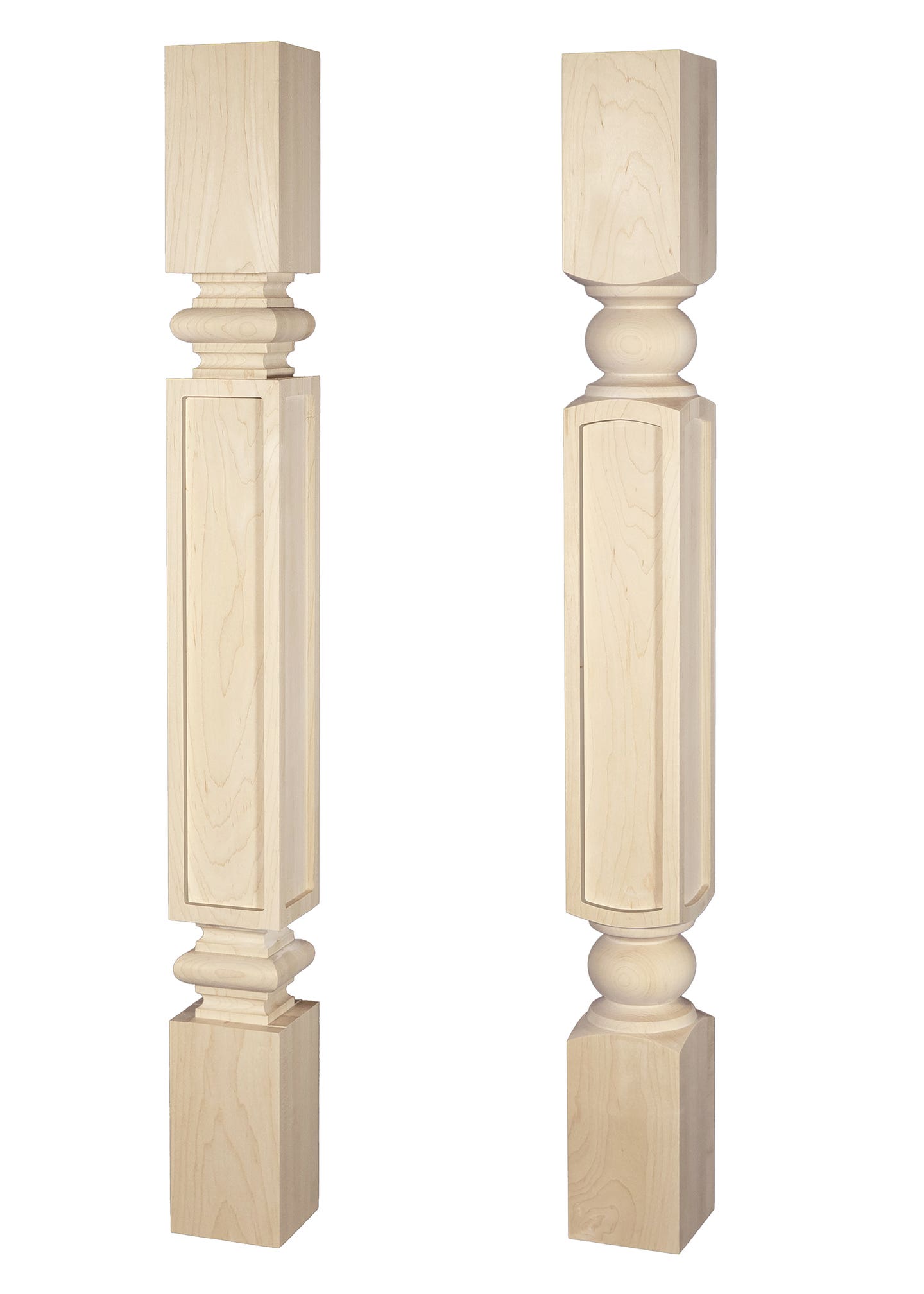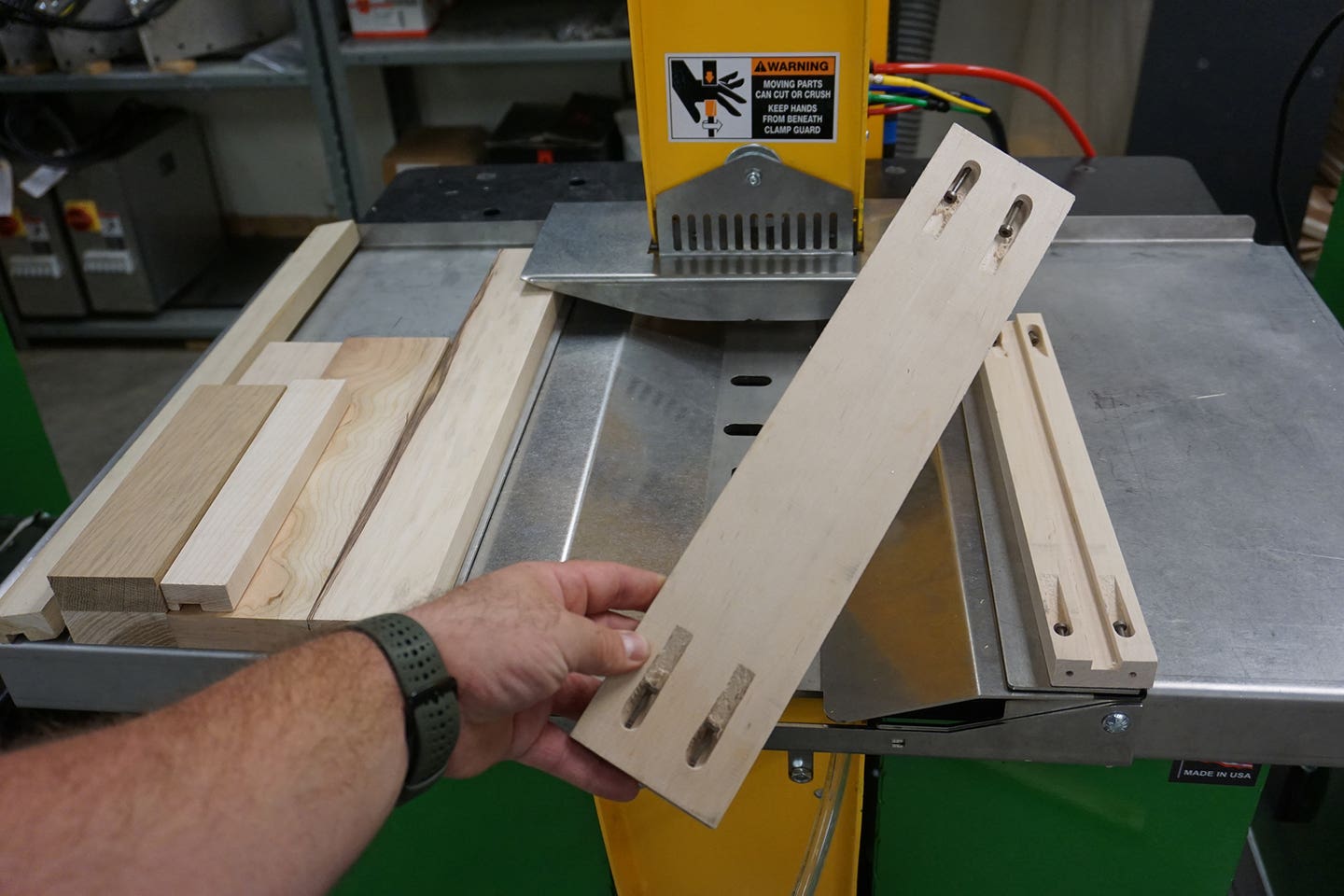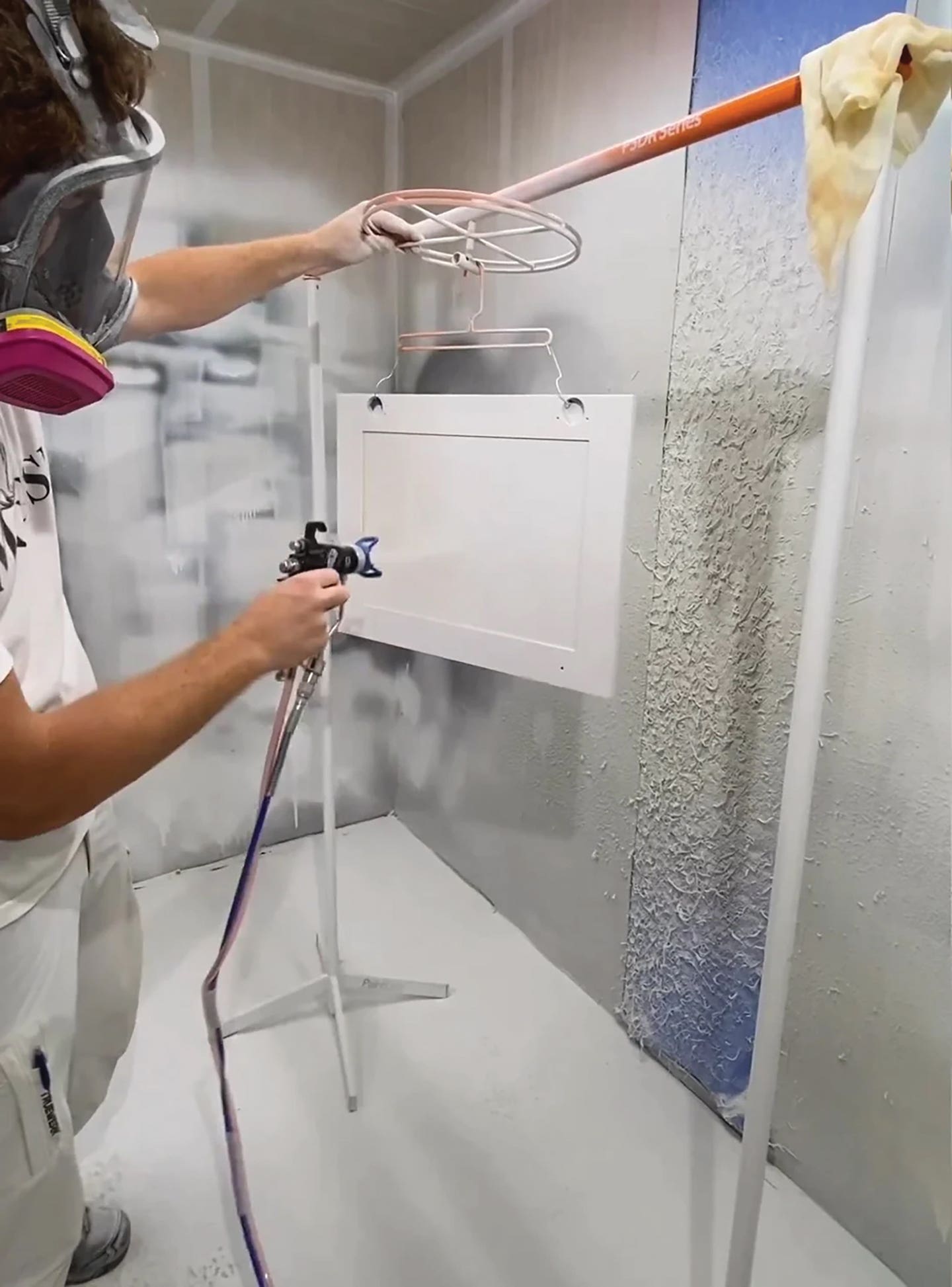Dont overlook partnering with custom homebuilder
Last month’s new residential stats from the Census Bureau reinforced a trend of continued strong recovery in the housing market. In April, housing starts were up a whopping 26.4 percent…
Last month’s new residential stats from the Census Bureau reinforced a trend of continued strong recovery in the housing market. In April, housing starts were up a whopping 26.4 percent over the April 2013 level. And the numbers for completed homes are just as encouraging — up 21.2 percent from a year ago.
Custom-built single-family homes fall within those numbers. Despite some regional anomalies, it’s been a good year so far for builders. And, of course, cabinet and furniture shops tend to ride those coattails. But in the depths of the recession, spending on custom homes simply vanished. Institutional, government and military investment helped pick up some of the slack. So is the lesson here that a shop should stick to serving municipal and corporate clients? Is that where the meat is?
Are custom homebuilders just dessert?
Hardly. There is a symbiosis between custom woodworking and custom homebuilding. Both reach beyond basic design and construction to deliver something surprising to clients. Both push the parameters and challenge themselves to marry an element of art to the skills they practice. And while profits are obviously important — these are businesses after all — there’s more than money at stake. So deciding to partner with a custom homebuilder is a somewhat complicated decision. It’s not just numbers, but they are still a big part of the equation.
What is custom?
When it comes to homes, the general consensus seems to have changed somewhat through the years. Custom once meant the house was designed and built for a specific client from the ground up. That design was unique and more often than not was drafted by an architect. The customer, working with the designer, chose everything from room layout to roof pitch. Designers such as Frank Lloyd Wright, Gustav Stickley and the Greene brothers even went so far as to design the furniture, too.
Nowadays, a plan might be classified as custom as long as it doesn’t repeat in the same block. But that’s not as nonsensical as it sounds: the Internet and a plethora of plan books have allowed homeowners far more access to options than they used to have, so there are a lot more plans to choose from. Pre-drawn plans are also popular because the cost of hiring an architect can be prohibitive and the recession has made people cautious about grand spending. Zoning and codes are more restrictive than they used to be, especially when it comes to covenants that require of all the homes in a new subdivision to share major design elements such as siding styles and colors, square footage and even landscaping. It’s hard to be unique when you’re required to fit in.
So customizing has changed a little. Support industries such as flooring installers and bathroom-fixture manufacturers have created so many options that it’s easy to create a uniquely decorative palette. Today, a custom home might be based on a floor plan that has already been used thousands of times. In that case, the elements that make the home unique might have more to do with paint, tile, appliances and casework. The finish carpenter and cabinetmaker often have more to do with making a home feel custom than the designer does.
Be cautious
If a woodshop wants to partner with a homebuilder, perhaps the first order of business would be to put those eggs in more than one basket. That is, create relationships with several builders, so that the shop’s fortunes are not tied to those of a single contractor. The industry does see a fair share of bankruptcies, many of them quite spectacular, and because the unit price (the cost of custom homes) is so high, these can be painful.
Consider the shop’s investment carefully. Some homebuilders ask the cabinetmaker to share some of the risk. Often, this takes the form of building kitchens for spec homes and waiting for full or partial payment until the home sells. Some builders will ask the shop to create a kitchen that becomes the sales agent’s office. In this case, the cabinetry is essentially a showroom so the elements will be high-end and expensive. They’ll need to show the client every option and that can be costly, especially if the shop is asked to foot the entire bill.
Building an unpaid kitchen in a spec home is a concern because the real estate doesn’t belong to the woodshop. If the builder loses title to the home (and that can be caused by hundreds of outside events from an errant lot survey to a divorce settlement), the shop will probably lose its cabinetry. If a bank forecloses, the woodshop might suffer. If the home succumbs to fire or flood, the shop’s insurable interest might be an issue: find out before committing whether the builder’s policy specifically names you or even if the contract with the builder covers such an eventuality.
Remember the old adage: “Show me your friends and I’ll tell you who you are?” If the builder’s reputation goes south, yours could, too. If he is sued for financial finagling or shoddy work, rest assured the news will make it to some media outlet. Nowadays, that doesn’t stop at the evening news or the Sunday paper. It can be anything from Angie’s List to Facebook and social media tend to keep things posted for a long time.
Depending on the contract that was signed, a woodshop might even be liable for some of a custom homebuilder’s unrelated debts, if a court determines that the shop was a legitimate business partner. That’s more likely the longer the relationship endures. If the court sees elements of an agency agreement or a shared investment, things can get murky in a hurry. Trade liens can extend across the boundaries, too. The electrician, cabinet installer, countertop supplier and other related trades might feel the cabinet shop has some responsibility to pay them for installing the kitchen, even if it isn’t your house. And although they might not be on firm legal ground, perception can be a powerful motive. They might express their opinions to potential clients.
So it’s incumbent on the woodshop to have a written contract with a custom homebuilder for every job. And if a couple of projects turn into a long-term relationship, then it’s advisable to ask for a letter of understanding that describes that relationship as nothing more than supplier/client, if that is indeed all that it is.
The upside
There are, of course, some very strong reasons to partner with a custom homebuilder. The most obvious is that he/she will be doing your marketing for you. When they sell a home, they also sell a kitchen, bathrooms, built-ins, home offices and a host of ancillary wood elements such as coffered ceilings, molding and trim packages, garage storage and entertainment centers.
Working with the same builder on several contracts has advantages, too. There’s a learning curve where he gets to understand your capabilities and you begin to see his vision. Together, what you create might well exceed the sum of the parts. By complementing each other’s strengths and working as a team, you can both push each other in new directions where the client, the builder and the cabinet shop all win. For example, your CNC capabilities might be used in new ways to create accents or your ability to work in curves might enhance his design of a hallway, bar or bathroom.
There will probably be economies of scale, too: once you source doors or crown or hardware that he likes, you won’t have to spend time researching those same components again. You might also be able to buy enough drawer slides or birch multiply or gallons of lacquer for six kitchens, instead of one.
You’ll probably be working with many of the same electricians, plumbers, painters, framers, trim carpenters and interior designers on each job. Knowing these people personally will help establish a degree of trust over time. There will be some leeway, some patience, when it comes to ironing out small problems or dealing with schedules. You’ll be able to call their cell instead of their office at 5:05 p.m., or refer to a product used in a prior project and have them know what you mean. Perhaps they can help ease a client’s concerns or even intercede in some instances when there is minor conflict with the custom homebuilder. They can help clear up misunderstandings, too. For example, if the builder blames the cabinet shop for a delay that was actually caused by a plumber, the electrician might be able to weigh in on that.
Common ground can be helpful in another way, too: each of these subs, especially the interior designer and any real estate professionals, are strong sources of word-of-mouth referrals. When a real estate agent recommends a trade professional to a new homeowner, that can carry a lot of weight. Just watch out for a sub who wishes to be paid for recommending you: if their opinion is for sale, their integrity is, too.
This article originally appeared in the July 2014 issue.







